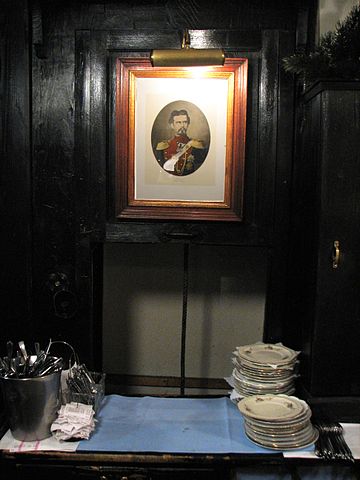

But other time they raise the question of senior and junior which destroys our earlier impression. Sometimes we get an impression that Ben and Gus are the two friends who are sharing the same room. At least in the traditional drama we can identify the relationship between the characters. In the conventional play characters are life like and they are easily identifiable. GUS – He won’t see you the door I don’t answer it.Ĭharacter: “The person presented in a dramatic or narrative work, who are interpreted by the reader as being endowed with particular moral, intellectual and emotional qualities that are expressed in what they say-the dialogue-and by what they do-the action” Abram (1993). In the Drama the dialogue for example,īEN – If there is a known on the door you don’t answer it.

This formal communication does not move ahead rather it belongs to the question itself. But instead of performing anything they discuss about the nature of this sentence and about who uses and who does not use this cannot be language or dialogue. It is obviously understood that one wants other to do something else. For example, Ben asks ‘light the kettle’ to the Gus but Gus does not understand. But in this drama, dialogue itself has blocked the communication.

That means as an empty envelop.ĭialogue: In the traditional drama dialogue is a means for communication. Things happen randomly there as in the drama an envelope has been put there but having nothing. Life is without plot, coherence, sequence, and routine. And the plotlessness of the drama reminds us about the plotlessness of the human life. All those events are not connected with each other and they are narrated frequently and repeatedly. There are different events like receiving of the newspaper story, arrival of car, receiving and sending the messages, waiting for a girl, discussion of a figurative language and reminiscence of the mother and so on. One event has no connection with another event. But this drama challenges the traditional notion of the plot too. One event is closely linked with the other. In the traditional drama, plot is made up of recognizable beginning, middle and end. Plot is “The imitation of the action as well as the arrangement of the incident” for Aristotle. Plot: The plot refers to the order of the events that happen in a play. From this point of view comparing to our life, it also begins, continues and ends in the circle of space as shown in the drama. The drama begins with the room, goes continuous and ends within the room. From this type of muddled condition, we can claim that this is the drama of the absurdist.

These things in the setting are unarranged or muddled. The scene of flushing toilet, reading newspaper, putting on shoes in the room, a serving hatch and having Gyaratte packet are the things which are included in this drama. Like Ben and Gus, we all are limited in the narrow space. The limitation of the setting in the basement room shows the limitation of the human life itself. All of their activities are limited there. Ben and Gus are limited to a tiny basement room. Mostly identifiable settings are chosen for the drama but this drama, does not accord with traditional notion of the setting. In the traditional drama setting sets the mood temperament and environment. Setting: Setting refers to the time and space in which the play takes place. Meaninglessness can be represented in the dramatic elements like setting, plot, characters and dialogue. Theatre of the absurd is the 20 th century theatre which holds the belief that it is itself in absurd and meaninglessness. This drama ‘The Dumb Waiter’ belongs to the theatre of absurd. In the same year, he wrote the one act the Room and The Birthday Party. He has written plays for the commercial stage, radio, television as well as film scripts produced by some of the best directors of his time. The drama ‘The Dumb Waiter’ is written by Harold Pinter in 1957.


 0 kommentar(er)
0 kommentar(er)
